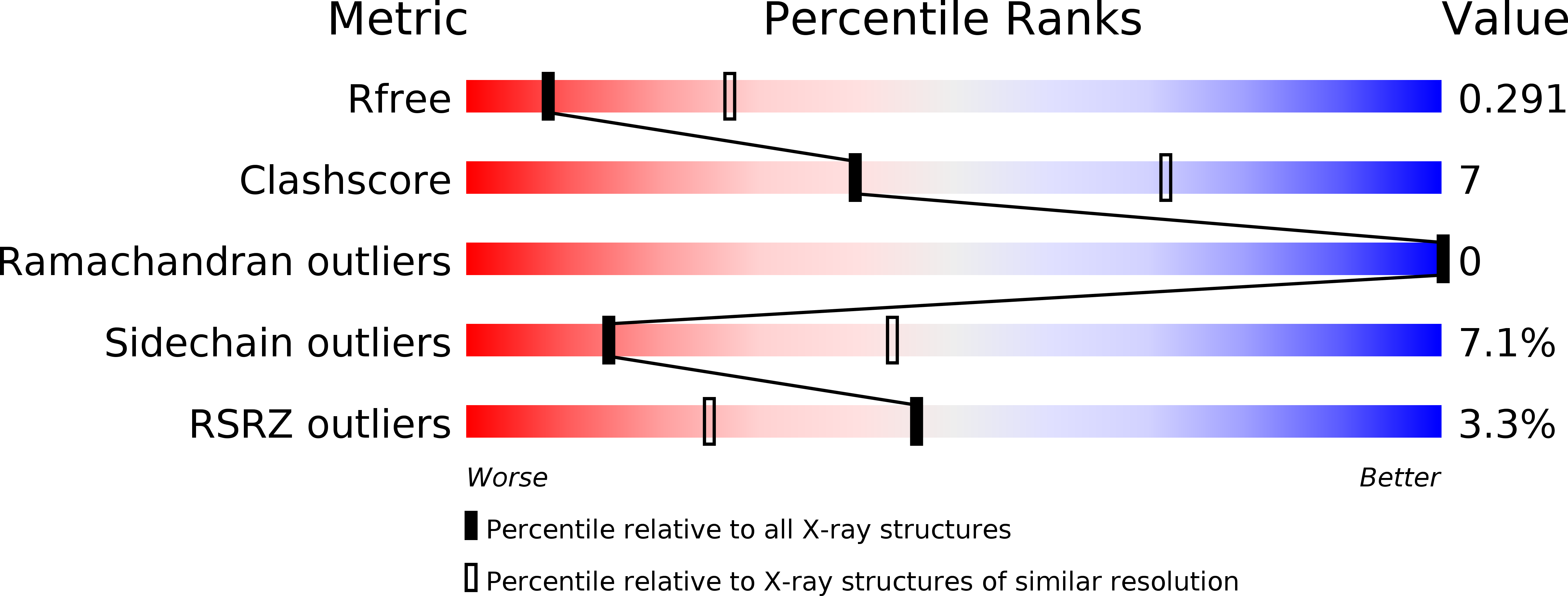
Deposition Date
2009-09-08
Release Date
2010-04-28
Last Version Date
2023-09-06
Entry Detail
PDB ID:
3JRG
Keywords:
Title:
Crystal structure of Fis bound to 27 bp non consensus sequence DNA F18
Biological Source:
Source Organism:
Escherichia coli (Taxon ID: 83333)
Host Organism:
Method Details:
Experimental Method:
Resolution:
3.11 Å
R-Value Free:
0.28
R-Value Work:
0.23
R-Value Observed:
0.24
Space Group:
P 21 21 21


